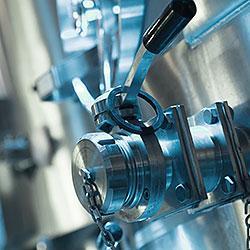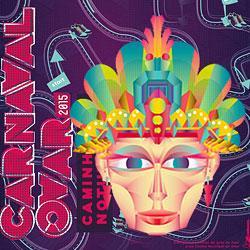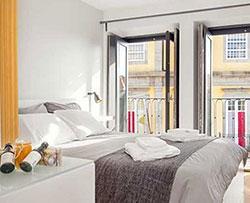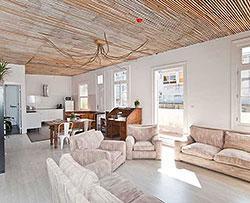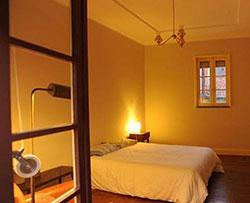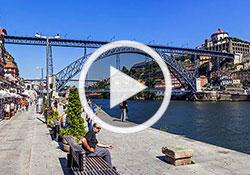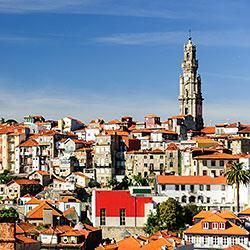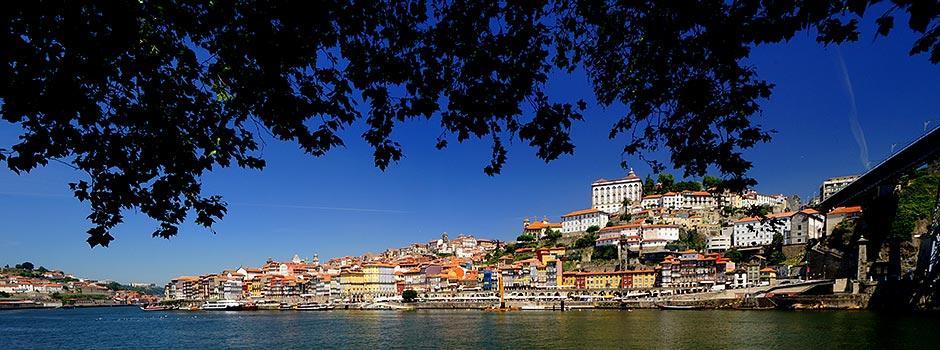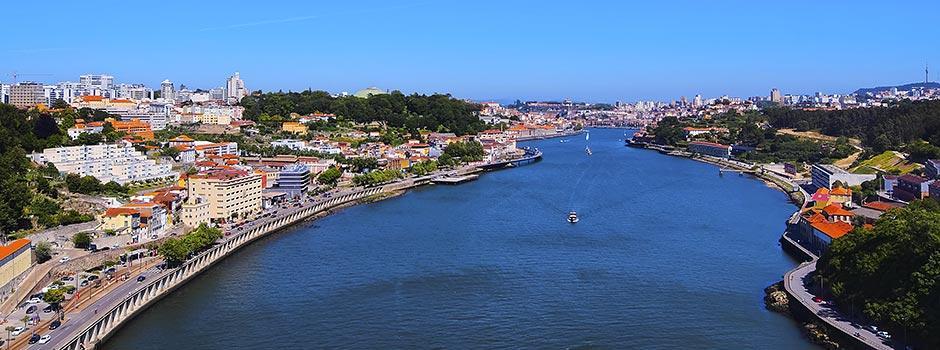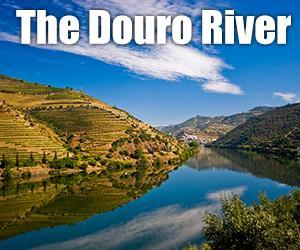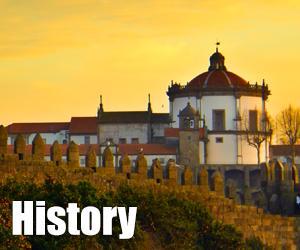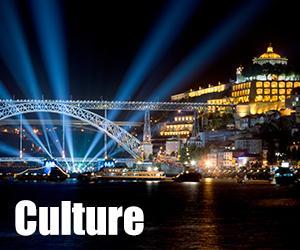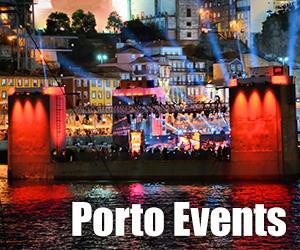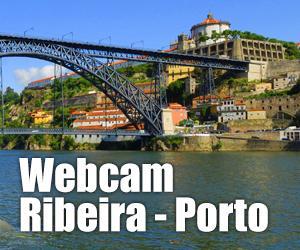 Porto
Porto - Discover
- What to See
- Places
- Architecture
- Streets and Squares
- Avenida dos Aliados
- Avenida da Boavista
- Rua das Flores
- Rua Santa Catarina
- Rua da Cedofeita
- Rua Galeria de Paris
- Rua Miguel Bombarda
- Praça da Batalha & Capela das Almas
- Praça da Liberdade
- Praça da Ribeira
- Praça Almeida Garrett
- Praça Marquês de Pombal
- Praça Carlos Alberto
- Praça da Galiza
- Praça da República
- Praça de D. João I
- Gardens & Parks
- What to Do
- Wine & Food
- Nightlife
- Shopping
- Beaches
- Culture
- Museums
- Casa Almeida Garrett
- Casa do Infante Museum
- Casa Museu Guerra Junqueiro
- Centro Português de Fotografia
- Museu Fundação de Serralves
- Museu do Carro Eléctrico
- Museu do Vinho do Porto
- Museu Romântico da Quinta da Macieirinha
- Museu Nacional Soares dos Reis
- Museu dos Transportes e Comunicações
- Museu Nacional da Imprensa
- Museu da Farmácia
- Museu Futebol Clube do Porto
- Museu das Marionetas do Porto
- Museu de Arte Sacra
- World of Discoveries Porto
- Classical Music
- Festivals & Concerts
- Theatre
- Dance
- Museums
- Sports
- What’s On
- Where to Stay
- Images / Videos / Cams
06:51:51 Sunday, 5th May

Porto’s Queima das Fitas
The Porto Queima das Fitas (meaning burning the ribbons) is an academic event, where final-year university students celebrate the end of their course. However, nowadays, it isn't just a festival for final-year students, but for all students and for the community as a whole, and is considered the city's second largest festival, after the St. John's Festivities.
The first Queima das Fitas in Porto took place in 1920, when the Medical students from Porto University organised a party which they called "Festa da Pasta' (Dossier Party), in which the fifth-year, finalists passed the dossier to the fourth-year students. Over time, the name of this festival changed, becoming a tradition and now there is a 'Queima das Fitas' at every university, normally during May.
Porto's 'Queima das Fitas' involves numerous activities and events, such as the traditional (Fados) serenade, the street academic parade (where the finalist take part on the parade, along with the freshmen, who cease to be so after this procession) many night events, concerts, the festival of the Tunas Aadémicas (traditional academic musical formations) and the Sarau Cultural (cultural performance). The Mass of the Blessing of the Dossiers takes place in Avenida dos Aliados and is for the finalists who, usually accompanied by their families, mark the end of this particular part of their academic career. That is why it went from being a student's party to an event for the community and one of the biggest in the city!
Porto's 'Queima das Fitas' has its own particular venue, adjacent to Parque da Cidade, in the place where the former Porto Fairground used to be.
At this festivity, and especially the procession, the final-year students parade in their academic costume, with a hat and cane in the colours of the course.
Make the most of it, join in and have fun too!
Fantasporto – Porto International Film Festival
For 35 years, the city of Porto has been hosting the Porto Film Festival - Fantasporto or 'Fantas', as it is often called, which is one of the most prestigious film festivals in Europe and the entire world!
It is held at Teatro Municipal Rivoli, where for ten days, actors, actresses, producers, directors and many members of the public go to watch the hundreds of fantasy films shown (short films and feature films). Most of what is shown has never been screened in Portugal, and there are often previews, homages (such as to Orson Welles, Fred Astaire & Ginger Rogers and Fernando Venrel) and retrospectives.
This festival is divided into ten sessions, four of which are for competition purposes, with international juries. Each year, around 50 countries are represented with a total of approximately 200 short films and feature films.
Important names from the silver screen have been part of Fantas throughout these 35 years, both actors and guest directors, such as Danny Boyle, Guillermo del Toro and Rosana Arquette.
Some major names in cinema such as David Cronenberg, John Carpenter, Ridley Scott, Luc Besson and Lars von Trier gained visibility from this festival.
This festival first took place in 1981, under the name of Mostra de Cinema Fantástico. It immediately began to make a name for itself within its genre, especially with the fans of fantasy films. Later, Fantasporto broadened the style of films shown, but it mostly screens what is not shown in the commercial cinemas.
Fantasporto also takes part in the great Cannes Festival, with its own space where it publicises the festival and Portugal in general.
Due to this festival's projection both in Portugal and worldwide, in 2007, one of Fantasporto's sponsors, Toyota, launched a special model, the Aygo Fantas, making it the only film festival in the world with a car and logo named after it.
St. John's Festivities in Porto
For about five weeks, there’s a feeling of constant festivity in Porto, leading up to the longest night of the year, from 23rd to 24th June, the night of St. John, called "São João" in Portuguese.
The St. John's Festivities in Porto are the highlight of this city, bringing together thousands and thousands of tourists and visitors who take part in the various initiatives that are organised over the course of more or less one month, and which take place just about all over the city.
The origin of St. John's dates back to the 14th century and at the beginning, it was a pagan feast, where the people worshipped the Sun god and celebrated the abundant crops. Then it was made into a Christian celebration, in honour of St. John the Baptist.
In the times in which it was a pagan feast, they also celebrated fertility and one of the traditions was to hang a leek on the wall of the house for good luck... nowadays, people walk about with a leek flower to touch people's faces. Herbs are also still an important part of this festival. You'll find bush basils for sale, for example, because apart from their therapeutic properties, people still believe they bring health, good luck and fortune.
The pinnacle of these festivities is the night of the 23rd to 24th June. On this night, the city undergoes a transformation, with the streets buzzing with people, colour and a feeling of joy. The tradition is to barbecue sardines in any part of the city, with loud music and no end of entertainment.
Apart from the barbecued sardines, on St. John's night it is also traditional to eat "caldo verde" (a shredded green cabbage soup), lamb and roasted pepper salad, then the meal is rounded off with a creamy custard or St John's cake, and of course, all washed down with a glass of good Port!
Another characteristic aspect is the sale of the traditional "soft squeaky plastic hammers" (used for hitting passers-by on the head, which was first started by university students during the ‘Queima das Fitas’ celebrations). To really keep tradition alive, the locals light St John's bonfires and jump on top of them, as a symbol of courage and belief in the purifying qualities of fire both for their health and their marriage!
To complete the decoration on the streets, traditional St. John's balloons, made of multi-coloured paper, are strung along all the main roads. Larger balloons are also released, painting the sky with hundreds of lights.
The churches are also decorated with the famous altars in honour of this popular saint. In the streets you'll find the traditional ‘cascatas’ (waterfalls), a type of miniature model of the former daily life and traditions of parts of this city, with clay figures of people doing different jobs and activities from olden days.
At midnight there's a spectacular fireworks display on the Douro River. The banks of the river are packed full of people wanting to watch this show.
The party ends at dawn and those with the most stamina ends the night by walking along the river from Ribeira to Foz do Douro, where they wait to see the sunrise. During the festival period you can see all the excitement in Oporto through our webcam, which is located in Ribeira.
The next day, the 24th June, the renowned Rabelo Boat Regatta takes place, where these picturesque boats, which usually spend their days decorating the Douro River, sail from Foz to Ponte D. Luís, in a race for first place!
This initiative is organised by the Confraria do Vinho do Porto (Port Wine Brotherhood) to promote Port as a drink, and the different brands of this wine. As they sail up river, the sails are hoisted with the names of the Port Wine firms to which the boats belong and at the end the prizes are awarded in front of Casa Sandeman, to the sound of music and entertainment.
The rabelo boats are a traditional type of boat which was used years ago to transport the barrels of Port Wine from the area of the vines in the Upper Douro, to Vila Nova de Gaia, where it was stored to be later sold from Porto to the rest of the world.
Portugal Fashion, in Porto
1995 saw the birth of Portugal Fashion, one of the most important fashion events in Portugal, which was created with the aim of giving greater visibility, at home and abroad, to Portuguese fashion, and has since been the runway for renowned Portuguese fashion designers, who show their collections in two locations: Lisbon and Porto.
In Porto, this event takes place mainly in Alfândega do Porto, as well as in other parts of the city. The best of Portuguese fashion is showcased at this event, which lasts for several days. Names such as Fátima Lopes, Luís Onofre, Luís Buchinho, Katty Xiomara and many others have been present and continue to be a part of this show. Portugal Fashion also has room for new talent with a dedicated project called 'Espaço Bloom' (Bloom space), a means of finding new professionals in the Portuguese fashion industry.
There are usually two editions a year (one in March and another in October) to show the Autumn/Winter and Spring/Summer collections. This event is organised by ANJE (National Association of Young Entrepreneurs), headquartered in Porto, and has helped the textile and clothing sector, as well as stylists and fashion designers, to evolve in terms of quality and innovation.
The first edition of Portugal Fashion was fortunate to have the presence of top models Claudia Schiffer, Elle Macpherson, Carla Bruni and Helena Christensen. In 1999, the International Portugal Fashion was created, with the purpose of promoting Portuguese clothing and the Portuguese textile industry to international markets. Thanks to this project, Portuguese designers and brands have participated in major international fashion events, such as São Paulo Fashion Week and the Prêt-à-Porter Paris Fashion Week.

 English
English  Português
Português 


